May 21, 2025 | 07:44 GMT +7
May 21, 2025 | 07:44 GMT +7
Hotline: 0913.378.918
May 21, 2025 | 07:44 GMT +7
Hotline: 0913.378.918

Forest planting units need support policies to turn large forests into large-timber forests. Photo: Vu Dinh Thung.
According to Mr. Le Minh Thien, Chairman of Binh Dinh Forest Products Association (FPA), due to lack of initiative in domestic raw materials, raw wood imports of enterprises in the province are currently up to 80%, putting pressure on production costs, not to mention several countries around the world are implementing forest-closing policies, resulting in more scarity in the imported wood material source.
“The wood processing industry’s special trait is that it is required to prepare raw wood 3 months in advance to ensure production. However, the price of wood materials has increased by 10-30% at present, the supply chain is once again broken. This will definitely affect wood processing and production in the first months of 2022. There is a need to set the matter of taking the initiative in wood materials for the wood processing industry in the near future, with plantation timber being a potential “life-saver”.
Binh Dinh is strong on the development of afforestation. If large-timber forests are further expanded, the problem concerning raw wood will have a solution," said the Chairman of Binh Dinh FPA.
Realizing the urgency to develop large-timber forests in order to meet the demand for raw wood materials, Binh Dinh has devised a scheme to expand large-timber forests. The goal is to meet 50% of the province’s demand for raw materials for the wood processing industry by 2025, basically ensure the raw material supply by 2035.
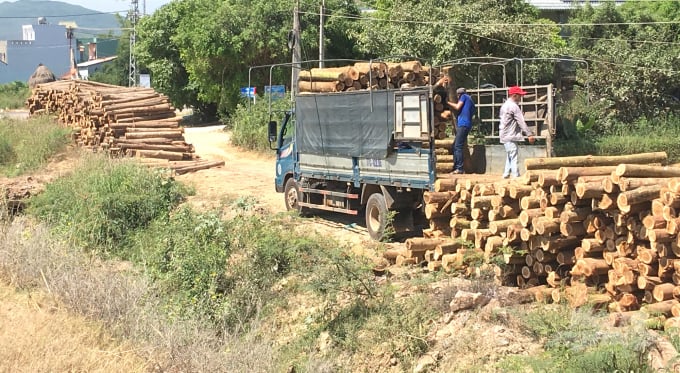
Large-sized timber from plantations is transported to wood processing companies as raw materials. Photo: Vu Dinh Thung.
As shared by Binh Dinh Department of Agriculture and Rural Development, there are there units currently planting new large-timber forests and converting plantations for large-timber production, namely Quy Nhon, Ha Thanh and Song Kon Forestry Co., Ltd with a total area of nearly 2,700 ha.
In accordance with the scheme to develop large-timber forests in the area with orientation to 2035, Binh Dinh will have 30,000 ha of large-timber forests granted FSC certificates.
Quy Nhon Forestry Co., Ltd currently has 4,183.6 ha of forest certified by GFA (Germany), and Ha Thanh Forestry Co., Ltd has 1,500 ha of planted forests that are working on the FSC certification.
Developing large-timber forests, with each tree standing for up to 10 years long, what worries forest owners the most are the trees being damaged by storms and wildfires. Therefore, in order to preserve the planted forest area, most of the large timber plantation businesses and households are now eager to buy plantation insurance under the agricultural insurance policy, but this desire is out of reach.
As stated by Mr. Nguyen Ngoc Dao, Chairman of Song Kon Forestry Co., Ltd (Vinh Thanh district), the unit plans to plant 700 ha of new large-timber forest, in which 200 ha has already been planted.
Large-timber forests need long-term investment, so the unit deems it essential to secure financial support. When the unit mortgages the forest to the bank for a loan, the forest needs to have insurance. The forest insurance unit however does not accept insurance for forests damaged by storms, only for forests damaged by pests. The unit will not insure forest fire due to human impact, only forest fire due to lightning strikes.
Translated by Samuel Pham
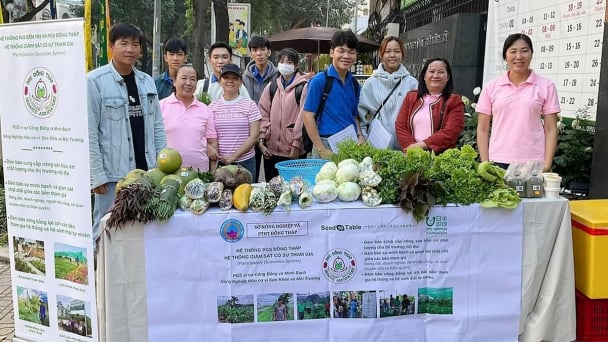
(VAN) Japan's grant aid project contributes to capacity building, promoting organic agricultural production, and fostering sustainable community development in Dong Thap province.
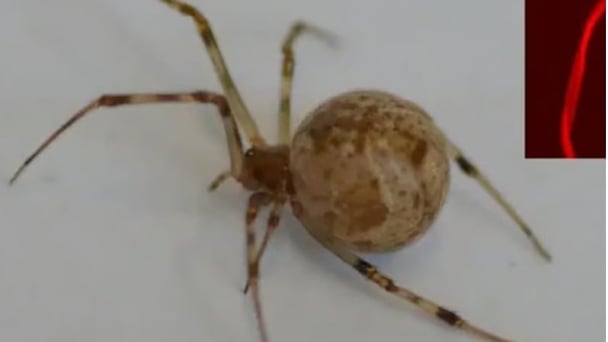
(VAN) For years, the CRISPR-Cas9 genome technology has been reshaping genetic engineering, a precision tool to transform everything from agriculture to medicine.

(VAN) Vietnam aims to become a 'leader' in the region in the capacity and managing effectively soil health and crop nutrition.
![Reducing emissions from rice fields: [Part 1] Farming clean rice together](https://t.ex-cdn.com/nongnghiepmoitruong.vn/608w/files/news/2025/05/05/z6509661417740_a647202949c539012a959e841c03e1d3-nongnghiep-143611.jpg)
(VAN) Growing clean rice helps reduce environmental pollution while increasing income, allowing farmers to feel secure in production and remain committed to their fields for the long term.
/2025/05/19/5136-1-144800_230.jpg)
(VAN) The Nghe An Provincial People's Committee has just approved the list of beneficiaries eligible for revenue from the Emission Reductions Payment Agreement (ERPA) in the North Central region for the year 2025.
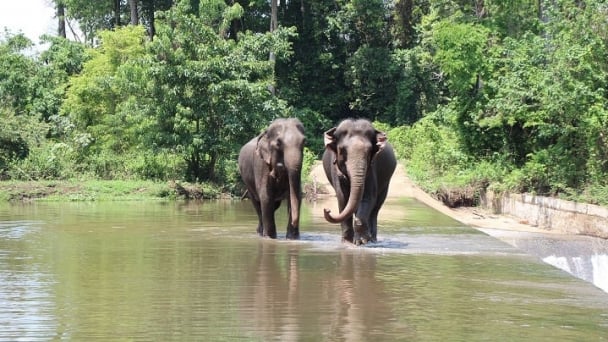
(VAN) 14 out of 35 domesticated elephants in Dak Lak province have had their living conditions improved, with 11 of them currently participating in the non-riding elephant tourism model.
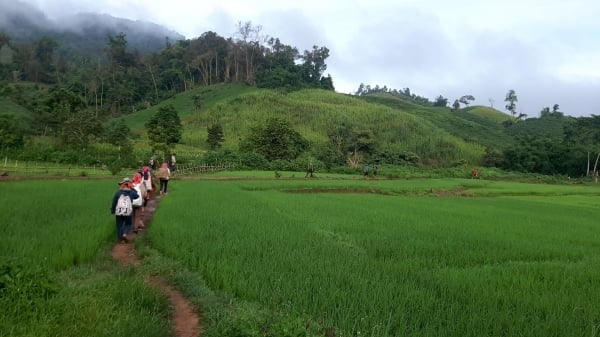
(VAN) Muong Nhe Nature Reserve hopes that being upgraded to a national park will lay the foundation for forest protection efforts to be carried out in a systematic, modern, and sustainable manner.